Estimated reading time: 7 minutes
Summer is here, along with endlessly long sunny days, trips to swimming holes, perpetual garden work, and brushes with poison ivy. If you happen to be one of those rare folks who aren’t allergic, consider yourself lucky. For the rest of us, eradicating this enemy of good times is a top priority—especially in the warmer months when our bare skin is most exposed.
You’ve probably heard many ineffective suggestions for getting rid of poison ivy—there are plenty. We’re not covering those today. The following is a short masterclass on how to actually find and eliminate poison ivy once and for all.
Want to save this post for later? Click Here to Pin It On Pinterest!
Lock Your Target
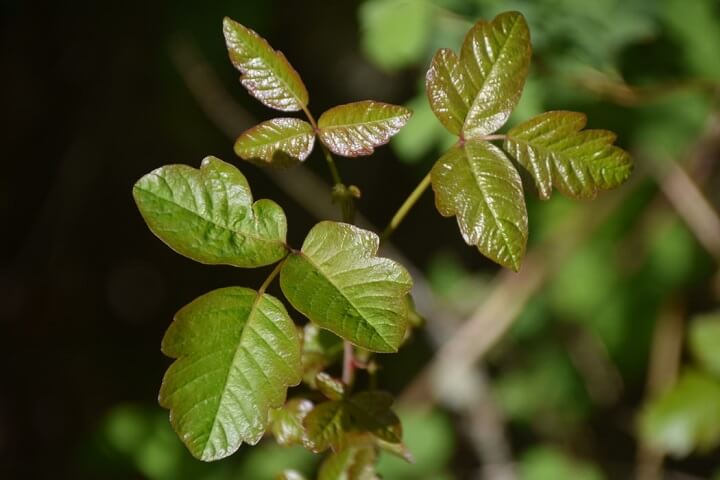
You need to know your enemy before you can properly defeat it. Poison ivy is a vining plant that features clusters of three leaves. What makes this foe so difficult to beat is that it is so incredibly sneaky. Brace yourself: the leaves of poison ivy can be shiny, dull, dark green, light green, yellow, orange, red, smooth-edged, jagged-edged, large-leafed, small-leafed…
The variations in appearance can make it challenging to spot poison ivy initially, which is how it gets you. In spring, it may present tiny flowers or buds, and in the fall it can display white or grayish berries along with fiery fall leaves.
The stems almost always have a slightly reddish appearance, and the mature vines are often a bit shaggy looking. Every single part of the plant contains urushiol, the toxic resin responsible for wreaking havoc on your skin if you come into contact with it.
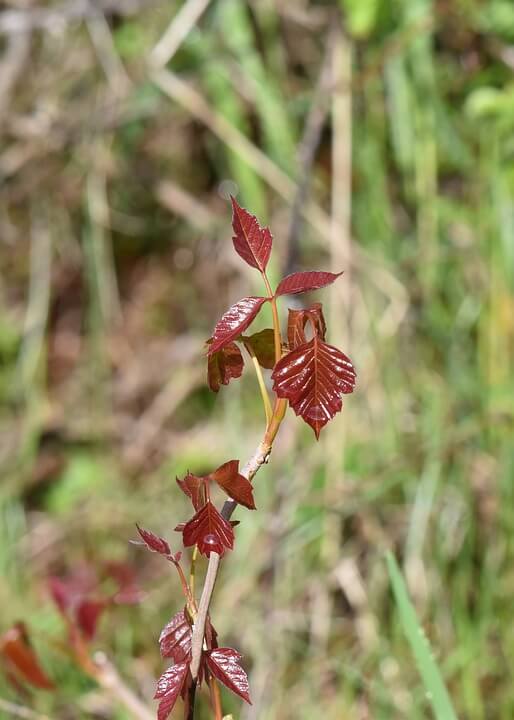
Poison ivy can be found growing low to the ground, climbing fences, and sometimes smothering trees. I’ve seen poison ivy vines as big around as a man’s arm. The dead giveaway is its three-leafed structure.
The only plant that has an almost-identical leaf presentation is the box elder, and because it is a tree, it should be easy enough to distinguish between the two. Study poison ivy in all of its various guises until you would know it anywhere.
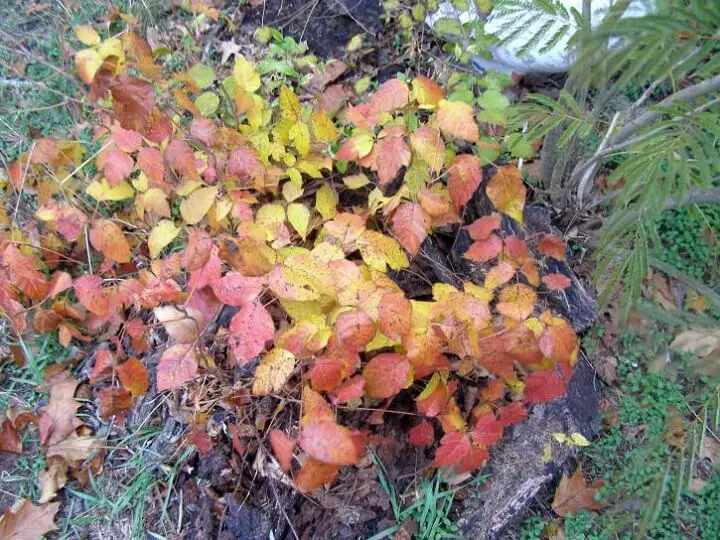
Gather Your Weapons
If you want to physically remove poison ivy from your property, you need to arm yourself appropriately. A sharp hand trowel is essential, and a small spade shovel can be useful as well. Small pruners are essential for removal from trees and fences, and large loppers may be necessary for extremely thick vines.
Arm yourself with a heavy-duty garbage bag for the spoils of this battle. Also, my secret weapon is keeping an anti-poison ivy detergent on hand, like Tecnu or Zanfel. If you come into contact with it in any way, this will remove the oils from your skin and spare you a nasty rash.
Regardless of your position on herbicides, this is one of the rare cases where many folks make an exception. If you do choose to use an herbicide, use something with glyphosate and apply it to the leaves.
I do not personally recommend this method, as it tends to leave healthy roots still in the ground and risks exposure to a potentially dangerous chemical.
Gear Up For Battle
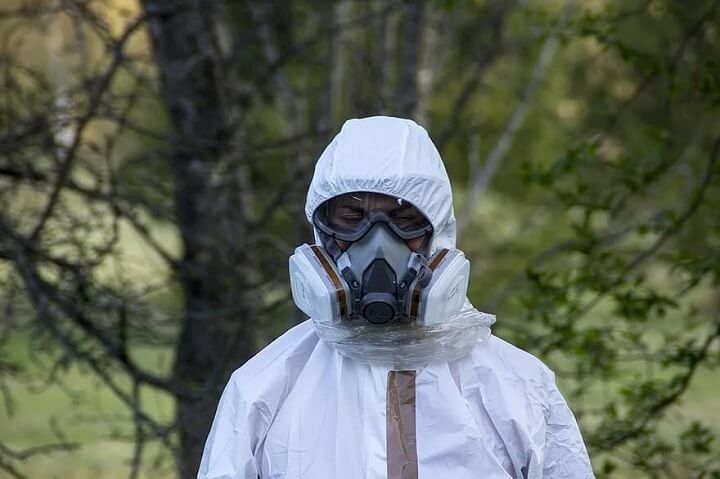
If you take nothing else away from this guide, please note this step above all: you must cover your skin to protect it from coming into contact with any part of the plants you are removing.
Ideally, you will wear a long-sleeved shirt and pants that you are ready to throw away when you’ve finished for the day. I cover my boots with plastic bags to avoid contaminating them with urushiol. Heavy-duty rubber gloves are a must—preferably the type that go to the elbow.
Mount a Strategic Attack

Once you’re fully armed and geared-up, you can begin your eradication campaign. When you find a vine climbing something, don’t just pull at it willy-nilly. For one, if you break it off at the ground, it will come right back. Also, if you tug a long vine loose, you risk flinging it back toward your face, where it can make contact. You don’t want that.
Cut vines off of trees and fences, carefully pulling them loose and depositing them in your trash bag. Trace the vines to the ground and use your shovel or hand trowel to excavate the roots. You may be shocked at how complex and robust the network of runners and roots is at ground level. Take your time and remove them as thoroughly as possible.
For really heavy poison ivy cover on trees, cut the vine close to the ground so that it dies on the tree, remove the roots and lower parts, then make a note to complete removing it from the tree in the winter when the dead leaves are brown and easy to see.
Retreat Responsibly
Once you’ve finished your removal efforts, take off your gloves, pants, boot covers, and shirt and toss them in the garbage bag along with the poison ivy. If you don’t want to throw away your clothes, place them in a plastic bag and wash them on the highest temperature setting twice.
Throw the bag away touching it as little as possible, and retreat to a cold or lukewarm shower with an anti-poison ivy product and scrub your hands and any skin that might have come into contact with the plant. This may sound paranoid, but I promise it is effective.
Whatever you do, DO NOT burn your poison ivy. Urushiol is so persistent that it becomes volatilized when burned and can enter the lungs, causing critical or even fatal damage. Do not attempt to compost your poison ivy, as it will come back to haunt you later.
Closing Notes

Many people claim that goats are perfect for clearing poison ivy. Don’t count on it. While they can clear large areas, they do not pull up the roots, and it is a temporary solution.
If you have a significant poison ivy problem, the most effective way to take care of it is to perform the above steps repeatedly over time until it is cleared. In this case, it is a war of attrition. The battle against poison ivy can feel uphill, but it is winnable. It takes time, focused effort, and the right weapons.
Like this post? Don't Forget to Pin It On Pinterest!



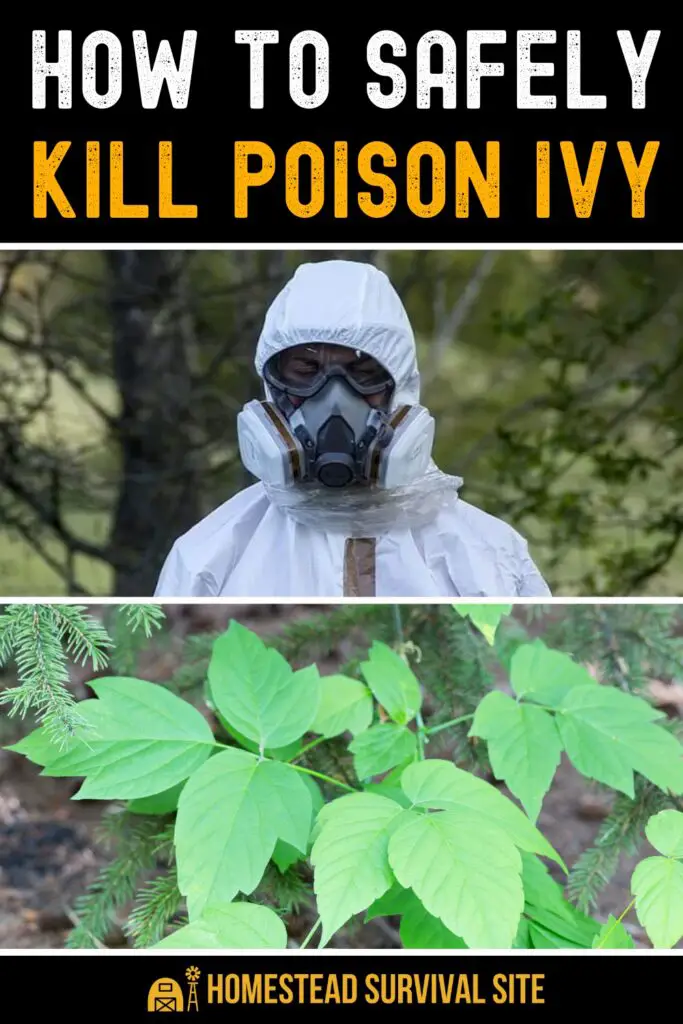






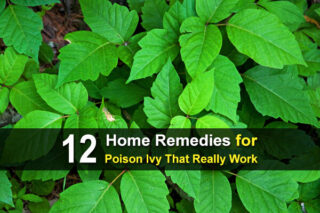


I would suggest using boiling water on the root system